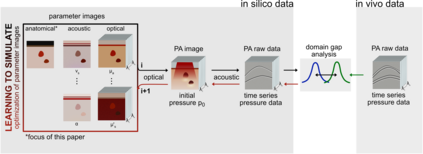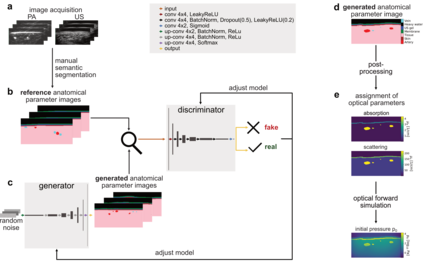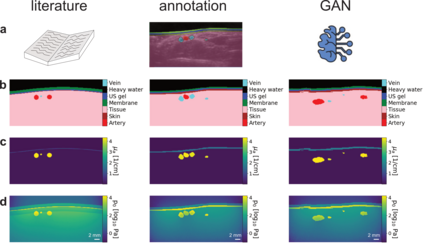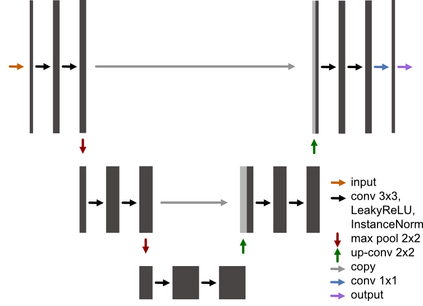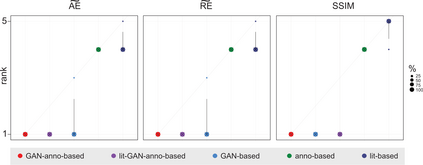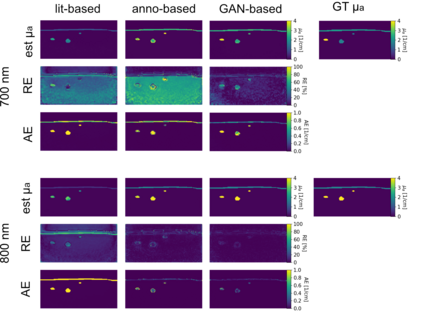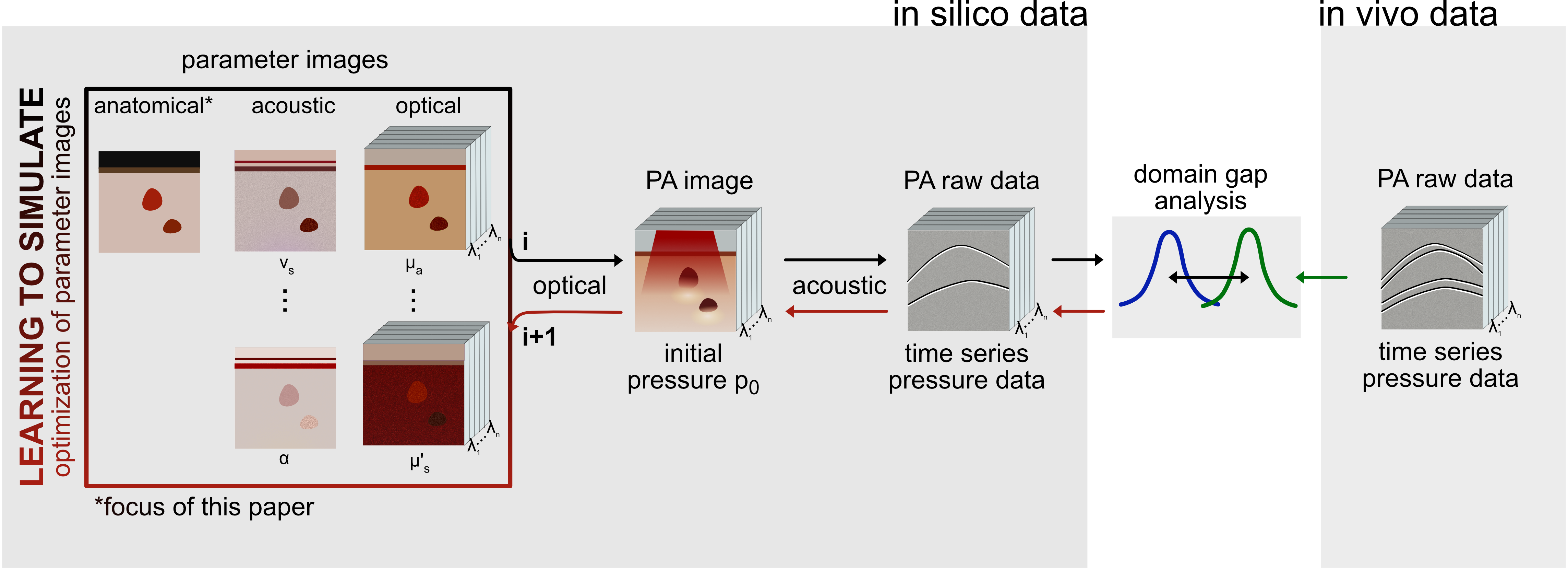Photoacoustic tomography (PAT) has the potential to recover morphological and functional tissue properties such as blood oxygenation with high spatial resolution and in an interventional setting. However, decades of research invested in solving the inverse problem of recovering clinically relevant tissue properties from spectral measurements have failed to produce solutions that can quantify tissue parameters robustly in a clinical setting. Previous attempts to address the limitations of model-based approaches with machine learning were hampered by the absence of labeled reference data needed for supervised algorithm training. While this bottleneck has been tackled by simulating training data, the domain gap between real and simulated images remains a huge unsolved challenge. As a first step to address this bottleneck, we propose a novel approach to PAT data simulation, which we refer to as "learning to simulate". Our approach involves subdividing the challenge of generating plausible simulations into two disjoint problems: (1) Probabilistic generation of realistic tissue morphology, represented by semantic segmentation maps and (2) pixel-wise assignment of corresponding optical and acoustic properties. In the present work, we focus on the first challenge. Specifically, we leverage the concept of Generative Adversarial Networks (GANs) trained on semantically annotated medical imaging data to generate plausible tissue geometries. According to an initial in silico feasibility study our approach is well-suited for contributing to realistic PAT image synthesis and could thus become a fundamental step for deep learning-based quantitative PAT.
翻译:光声成像学(PAT)有可能恢复形态和功能组织特性,如高空间分辨率和干预环境中的血液氧化等形态和功能组织特性,然而,数十年用于解决从光谱测量中恢复临床相关的组织特性的反问题的研究未能产生在临床环境中能够强有力地量化组织参数的解决方案。以前试图通过机械学习解决模型方法的局限性的努力因缺乏监督算法培训所需的标签参考数据而受到阻碍。虽然这一瓶颈是通过模拟培训数据来解决的,但真实图像和模拟图像之间的域间差距仍是一个巨大的未解挑战。作为解决这一瓶颈问题的第一步,我们建议对PAT数据模拟采取新颖的方法,我们称之为“模拟”。我们的方法是将产生假象模拟的挑战转化为两个不相干的问题:(1) 真实的组织形态变形的概率生成,可以用语义化合成分析图解解解剖图为代表,(2) 以像学为根据深度分配相应的光学和声学特性。在目前的工作中,我们注重现实性AT数据模拟数据模拟的最初步骤,我们把ANDAAT数据模拟模拟模型用于对真实性图像的学习。

